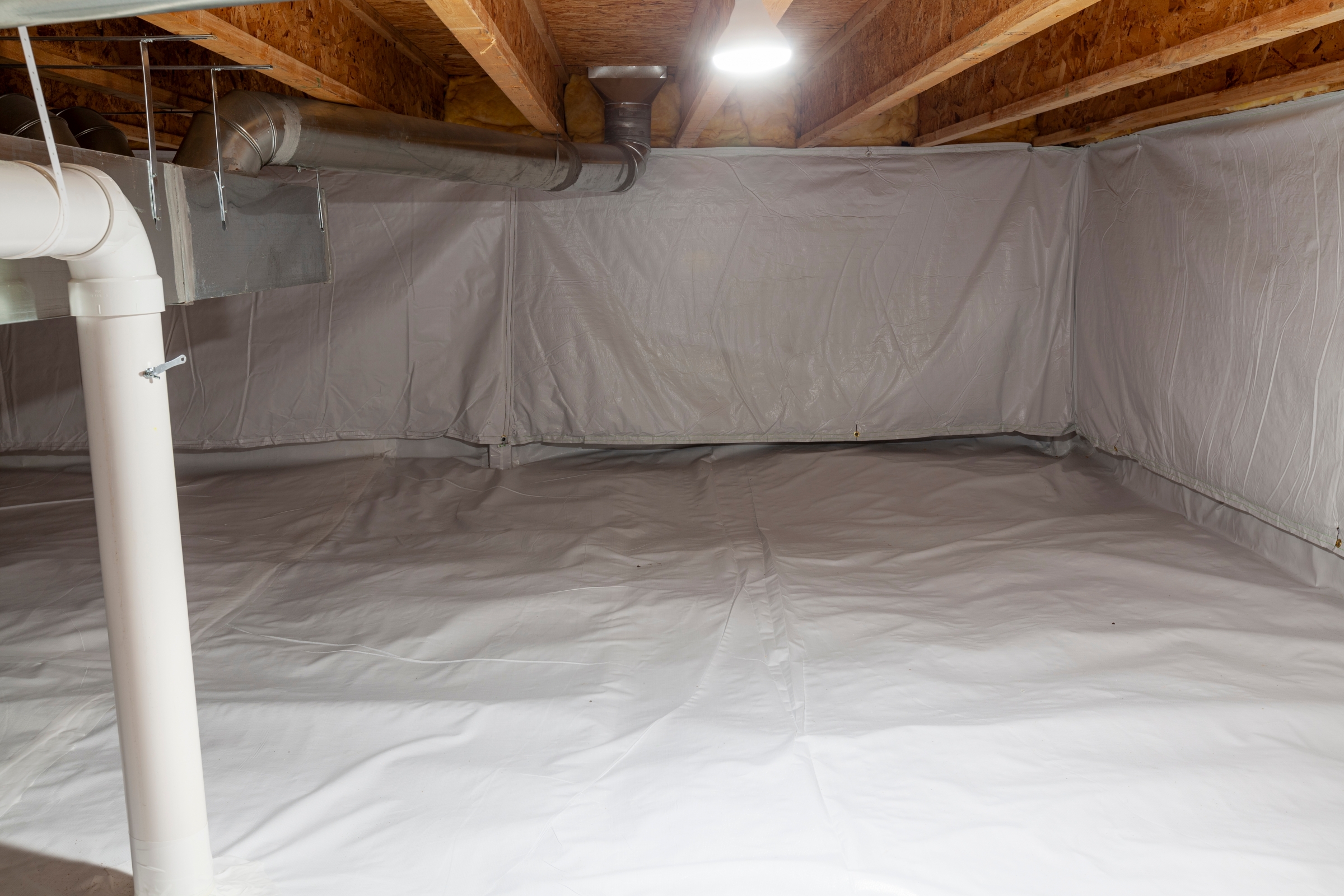Crawl space moisture is a silent menace for many homes throughout the Carolinas. With the region’s fluctuating weather patterns—ranging from heavy rainfall in spring to humidity-laden summers—many homeowners unknowingly face threats to their foundation, air quality, and long-term property value. Crawl space issues may go unnoticed until symptoms become severe, and by then, the damage is often costly. Understanding common moisture problems, recognizing seasonal risks, and committing to preventive maintenance can make a significant difference in preserving your home’s structural integrity and indoor environment.
Common Crawl Space Moisture Problems In The Carolinas
Homes in North and South Carolina are particularly susceptible to moisture issues because of their geographical and climatic conditions. This area’s crawl areas frequently have poor ventilation, high humidity, and poor drainage, all of which make them ideal conditions for the growth of mold, mildew, and rot.
One of the most common moisture-related issues is standing water. Heavy rain, improper yard grading, or inadequate drainage systems surrounding the foundation can all cause this. Over time, standing water can seep into wooden beams, subfloors, and insulation, weakening them and leading to significant structural damage.
Another prevalent problem is high humidity levels inside the crawl space. This often occurs when warm, humid outside air infiltrates a cooler crawl space, creating condensation on surfaces. This excess moisture doesn’t just stay in the crawl space—it can rise through the house in a phenomenon known as the stack effect, carrying with it allergens, musty odors, and potential health hazards.
Additionally, many older homes in the Carolinas were built with vented crawl spaces, a now outdated design meant to promote airflow. Unfortunately, rather than drying out the space, vents often let in more moist air—especially during the humid summer months—exacerbating the problem instead of solving it.
Seasonal Moisture Concerns
Moisture issues in crawl spaces aren’t confined to one season—they evolve with the changing weather. Spring and early summer bring heavy rainfall and storms that can flood yards and saturate the soil, pushing moisture into the crawl space. Without a proper drainage system or sump pump, water can pool under the home and remain for days or even weeks.
In summer, the problem shifts. Hot, humid air enters through crawl space vents and condenses on cooler surfaces, especially ductwork and pipes. This leads to dripping water, mold growth, and increased energy costs as HVAC systems struggle to maintain a consistent indoor temperature.
Fall brings decaying leaves and organic debris, which can clog gutters and downspouts, redirecting water toward the foundation. In winter, although the air may be drier, frozen pipes and ground shifting due to frost can lead to unexpected leaks or structural damage, especially if your crawl space isn’t properly insulated or sealed.
When it comes to crawl space upkeep, homeowners must continue to be proactive rather than reactive because of the year-round hazards.
Preventive Maintenance And Long-Term Solutions
Protecting your crawl space starts with awareness and regular inspections. Even if you don’t access the area often, having it checked by professionals at least once a year can prevent small problems from becoming major repairs. If you notice musty smells, higher indoor humidity, or uneven flooring, it’s time to take action.
Encapsulation is one of the most effective long-term solutions. This involves sealing the crawl space with a heavy-duty vapor barrier, insulating walls, and potentially installing a dehumidifier to control humidity levels year-round. Your crawl space becomes a dry, clean, and energy-efficient area of your house thanks to encapsulation.
Sump pump installation and French drains can also prevent standing water after storms. These systems redirect water away from the crawl space and foundation, protecting your home during the wettest months.
Vent sealing is equally important. By closing off traditional vents and instead regulating air and moisture through mechanical systems, you can drastically improve the overall health of your crawl space—and your home.
Finally, regular maintenance, such as cleaning gutters, redirecting downspouts, and grading your yard, can go a long way toward reducing the amount of water that makes its way to your foundation.
Trust The Experts For Crawl Space Solutions
If you suspect or know your home is experiencing crawl space moisture problems, professional help is critical. DIY solutions may provide short-term relief but rarely address the root cause. A thorough assessment by specialists can identify exactly what’s going wrong and offer a tailored solution.
For homeowners in North and South Carolina, Carolina Foundation Solutions offers comprehensive crawl space services designed to resolve moisture issues and prevent them from returning. From inspections to full encapsulation, their team understands the unique challenges presented by the Carolinas’ climate and soil conditions.
Final Thoughts
Crawl space moisture problems are more than just an inconvenience—they’re a serious threat to your home’s safety, value, and comfort. Given the Carolinas’ challenging climate, these problems can appear quickly and worsen with each season. By staying vigilant, scheduling regular inspections, and investing in professional crawl space services, you can safeguard your home from moisture damage for years to come.

